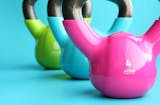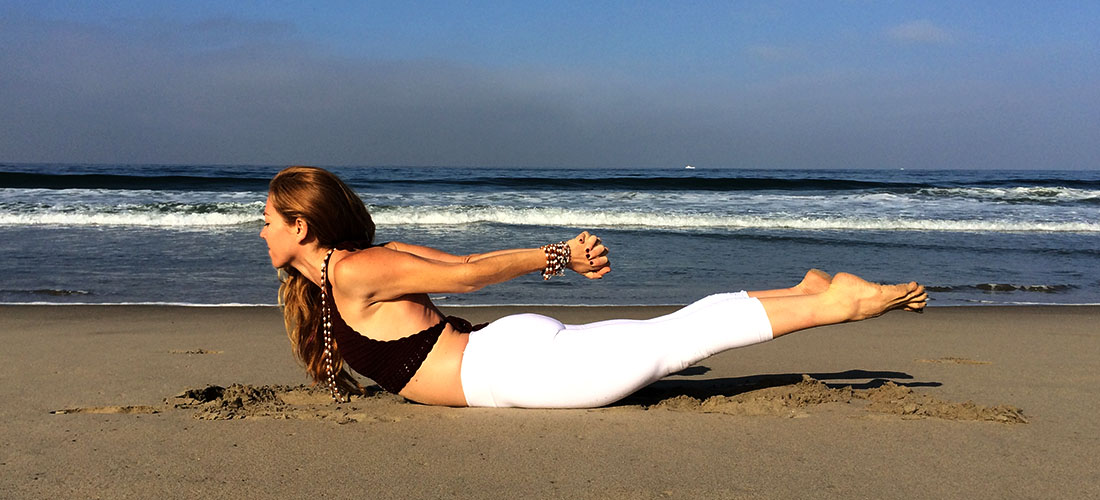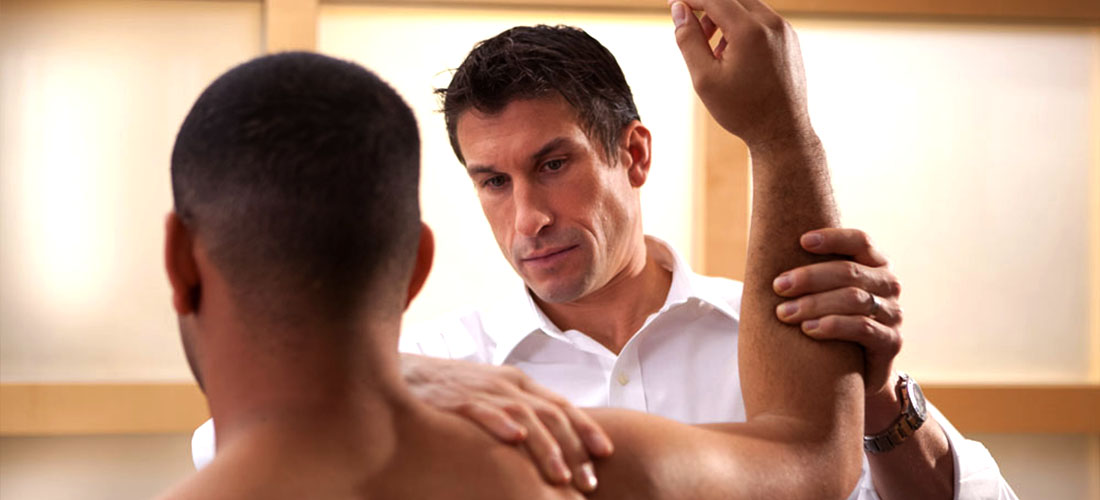The Locust Pose also known as the Shalabhasana is called so after the locust or grasshopper as the body attains the shape of a locust on performing this pose.
This pose is an ideal spine stretch pose and a good back bend that increases flexibility and stamina of the body.
Health Benefits
Full Locust pose strengthens the muscles of the spine, hips and the back of the legs and arms. It is good stretch for the shoulder, chest, belly and thighs. This pose stimulates the abdominal organs.
This yoga pose is known to improve posture and relieve stress and fatigue.
Getting into pose
Contents
What you need: Room with fresh air (if you’re doing it inside, otherwise do it in open area), and you.
Difficulty Level: Beginner
Initial Position: Prone Position (Lie on the floor facing downwards)
Drishti or Gaze: Forward, in the direction of nose
Steps
- Start with the prone position with your arms to the sides. Touch your forehead to the floor and put your palms facing upwards. Turn your toes towards each other, rotating your thighs inwards. Breathe normally.
- Exhale on a count of 3 and lift up your head, upper body, both arms and legs up and away from the floor (to form the shape of a locust). Let your body rest on your belly and pelvis.
- Raise up your arms while keeping them to the sides and stretch back using your fingertips. Keep the neck muscle long without straining it.
- Hold the pose for half a minute and then relax as you exhale. Repeat once or twice as desired.
Rest in Child’s pose, if you feel exerted.
Other Variations
- Makarasana or Crocodile Pose: In this variation, raise the legs as in locust pose and instead of keeping your hands to the sides, put them at the back of your neck as if holding the base of the skull. Lift up the upper body and open your arms to the sides.
- Half Locust Pose or Ardha Shalabhasana (Intermediate Version): Lie down in the initial position as stated above in Step 1 for Shalabhasana. Instead of lifting both your legs and arms up and away from the floor, lift up just your left leg back and straight up. Hold the leg in raised position for 5 secs. Keep the other leg straight and steady. Complete the exhalation on a count of 3 as you lower your left leg gradually. Repeat the same with the other leg.
Preparatory poses
- Cobra Pose (Bhujangasana)
- Half Boat Pose (Ardha Navasana)
- Reclined Hero Pose (Supta Virasana)
Beginner’s tips
Beginners usually have a difficulty in lifting their arms up the floor after having lifted their legs. To ease it out a little, they can begin with their hands resting on the floor, close to the waist.
Also, instead of lifting both the legs off the floor, one can begin with lifting one leg at a time for half the duration of the pose.
Advanced poses
- Simple seated twist (Bharadvajasana)
- Supported Shoulderstand (Salamba Sarvangasana)
- Bridge Pose (Setu Bandha Sarvangasana)
Important Notes
- Those with fresh or recent neck injuries should avoid getting into the pose. They can take the support of a thick folded blanket or towel under their forehead, while performing this yoga pose.
- Locust pose is not recommended for students suffering from headache and back injury.
Last Updated: July 16th, 2014
Next scheduled update: Sept 16th,2014






Comments are off this post!